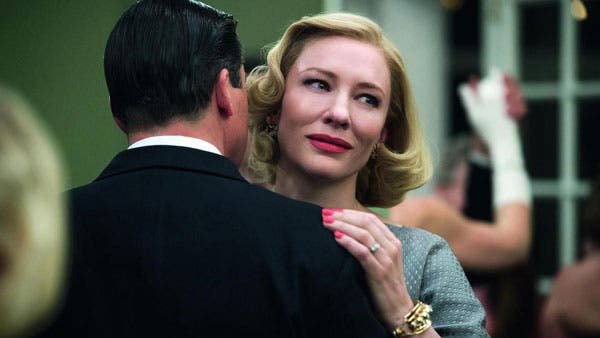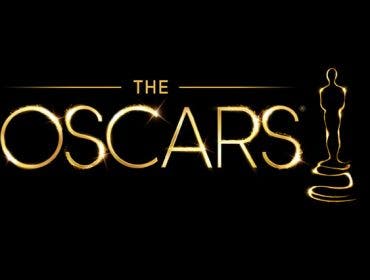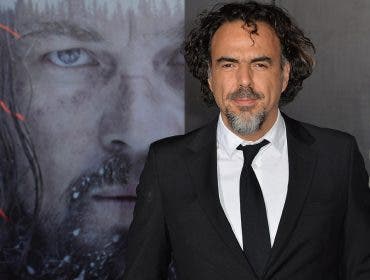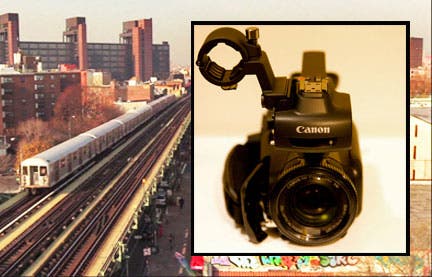This past Thursday, the nominations for the Golden Globes were announced and the leader in the film nominations was Todd Haynes’ Carol. Receiving five nominations for Best motion picture – Drama, Best performance by an actress in a motion picture – drama (for both actresses Cate Blanchett and Rooney Mara), Best Director (Todd Haynes), and Best Original Score. On top of the most recent Golden Globes nominations, Carol received two more nominations from the Screen Actors Guild (SAG) for Outstanding Performance by a Female Actor in a Leading Role and Outstanding Performance by a Female Actor in a Supporting Role for Cate Blanchett and Rooney Mara, respectively. Not only has Carol solidified that it’s one of the best films of the year, according to critics, but the film is on its way to the Oscars.
Based on the 1952 novel The Price of Salt, Carol tells the story of the relationship between two women, an aspiring photographer and an older woman going through a messy divorce in the 1950s. Director Todd Haynes brings the intimacy and the sensitive to the story with the help from cinematographer Edward Lachman. Lachman, who has worked with Haynes on Mildred Pierce, I’m Not There, and Far From Heaven, has brought his own distinctive style to the film with his choice to use Super 16mm instead of going the digital route.
It’s not the first time that Lachman and Haynes went the 16mm route, the duo also used the same camera for the HBO mini-series, Mildred Pierce. By employing the use of a camera that’s unusual in most Hollywood films, Carol stands out among the rest, cinematography-wise. Deciding to stick with film for Carol, the cinematographer wanted to invoice the atmosphere and the feeling of the 1950s and the movies that came out during the time.
Sticking with Super 16mm, Lachman was “trying to reference early color film”, and he “felt that if [he] shot on 35mm [he] would have lost the way films looked back then” in an interview with Variety Magazine. Director Wes Anderson used 16mm film cameras in Moonrise Kingdom, a film set in 1965, creating a look and feel to the film that feels accurate to the time. With Carol, Lachman draws a similar inspiration as 16mm film cameras were predominantly used in 1950s and 1960s. By shooting with Super 16mm, Carol has a “soft, muted look” (which can be seen in the trailer for the film) and Lachman “shot through windows, elements of weather, through reflections, to defuse the image and obstruct the frame” to convey the emotional state of the characters” as the cinematographer describes himself in The Hollywood Reporter.
Lachman has already been recognized by various outlets for the cinematography of Carol, including Golden Frog winner at the Camerimage cinematography film festival in Poland, Best Cinematography at New York Film Critics Circle Awards, and Best Cinematography from the Boston Society of Film Critics. Will the tireless efforts of cinematographer Edward Lachman and director Todd Hanes be enough to warner Oscars nominations? It’s looking even more promising after the Golden Globes announcement, so when choosing films to check out this Oscar season, Carol must be on the top of the list. Released on November 20th, Carol is now in theaters.




